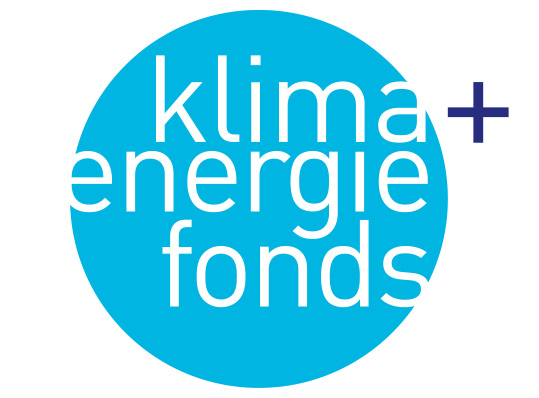Where should the additional electricity for e-mobility come from?
Switching to electric mobility is accompanied by an increased electricity demand. However, EVs are more efficient than cars with combustion engines, leading to a decrease in total energy consumption by switching from fossil-fuelled to electric vehicles.
The precondition for climate-friendly e-mobility lies in electricity being generated from (additional) renewable sources. If 10% of all passenger cars in Austria were electric, the calculated yearly electricity demand (currently 70 TWh) would increase by 1.3 TWh, i.e. only 1.8% higher.
For one million vehicles this would be 2.6 TWh or 3.6%. The electricity output of a small photovoltaic system (approx. an area of 18 m2 and 2.6 kWp) covers the electricity demand of one EV; one 3 MW windmill is sufficient for 2,700 electric cars. If all cars in Austria were to have electric motors, the electricity demand would increase by 18%. An annual mileage of 13,000 km and a stock of 5 million passenger cars (as of first half year 2017: 4.9 Mio.) is assumed.(4)
For this longer-term scenario it is necessary to take into consideration the pace of the mobility transformation and respective vehicle use as well as technological developments and optimizations. According to a current TU Wien study, it will be possible to cover 100% of Austria’s electricity demand with renewable energies by 2030 – without significantly higher costs; the green electricity potential for 2030 was estimated at 31 TWh.(5) Moreover, the EV batteries with their storage capacity will be a valuable component in the smart electricity grid of the future.
(4) At 20 kWh/100km a higher average electricity consumption was assumed than for most EVs currently available on the market (around 15 kWh/100km).
(5) TU Wien Energy Economics Group: Stromzukunft Österreich 2030, Vienna 2017





